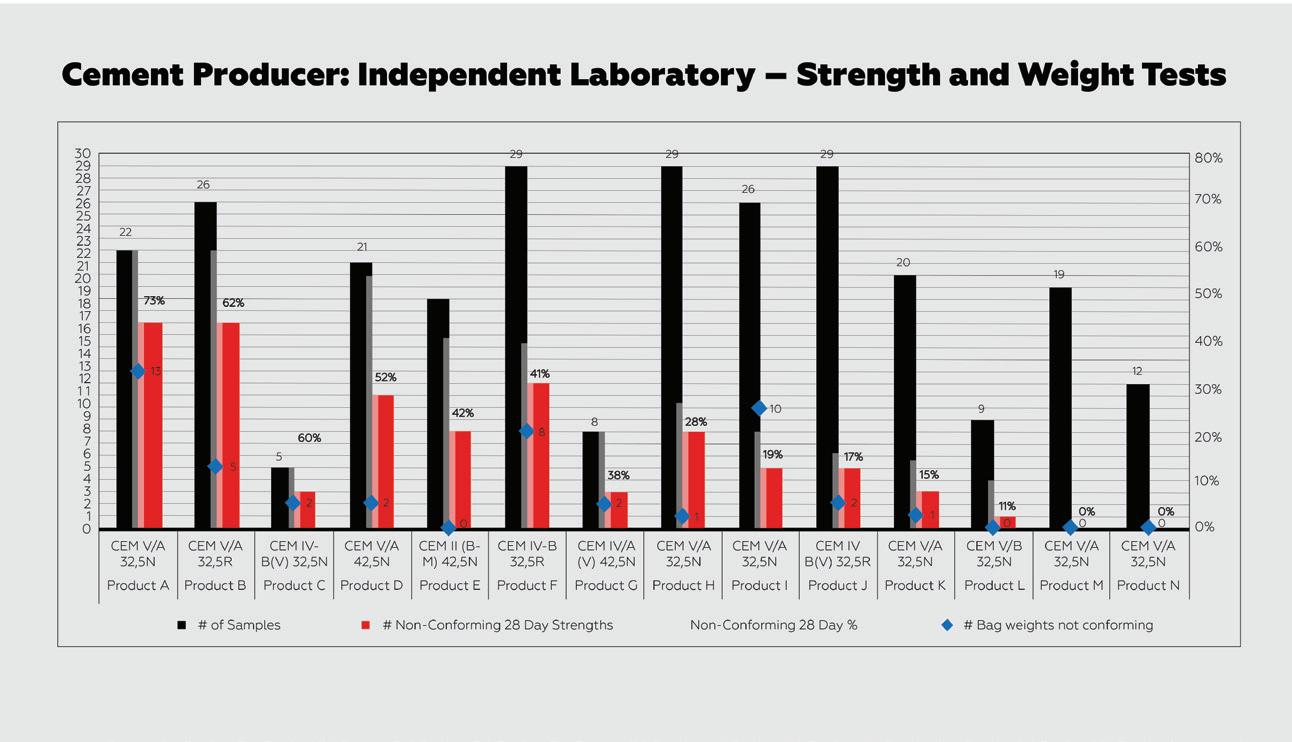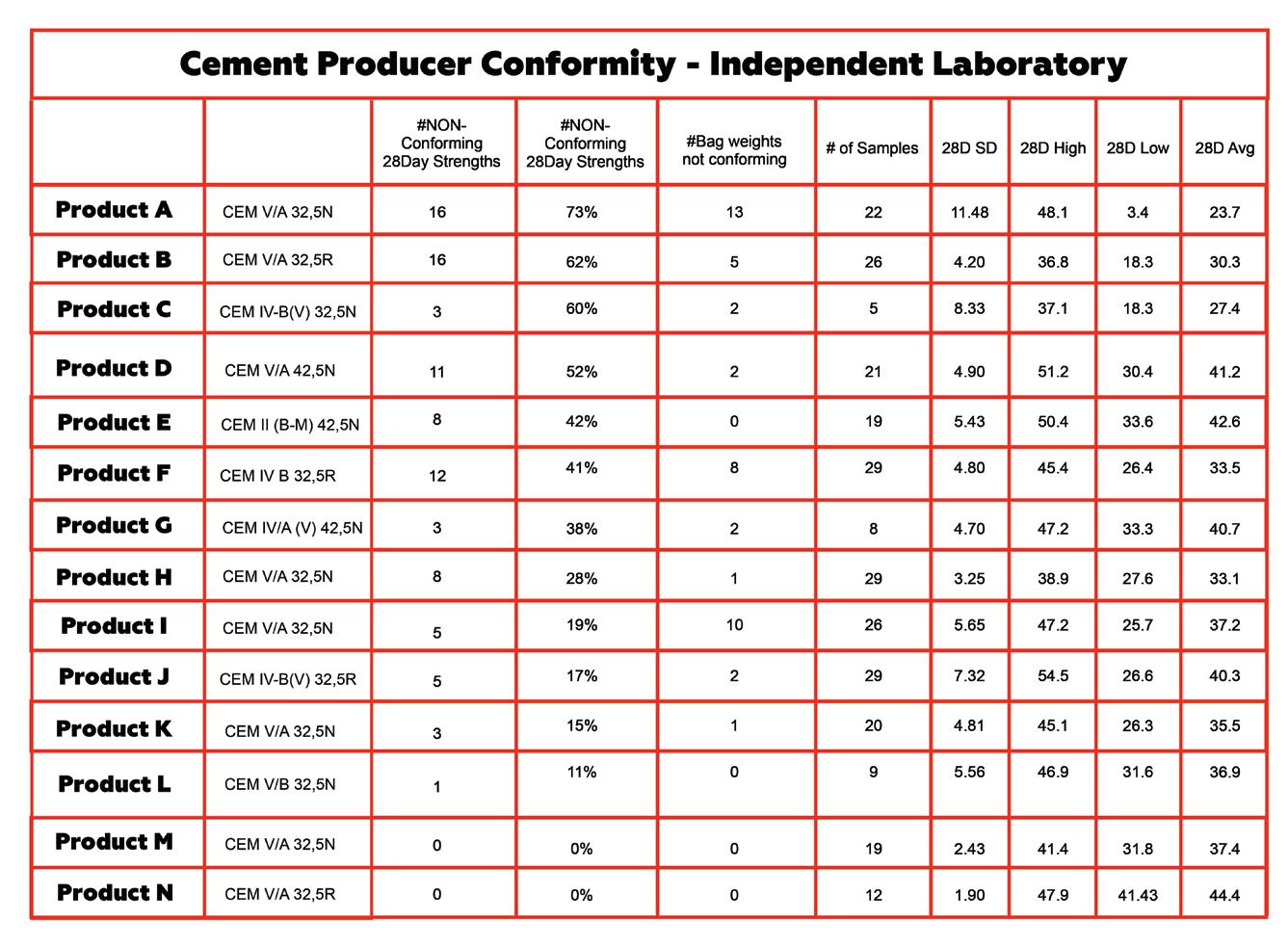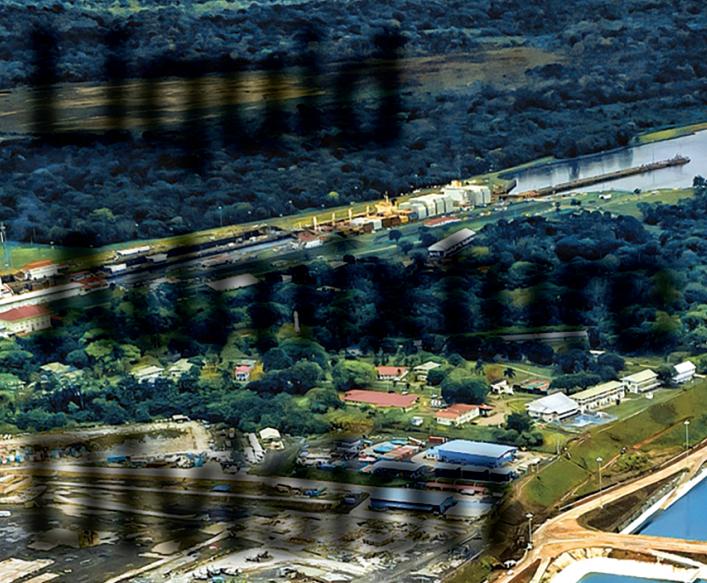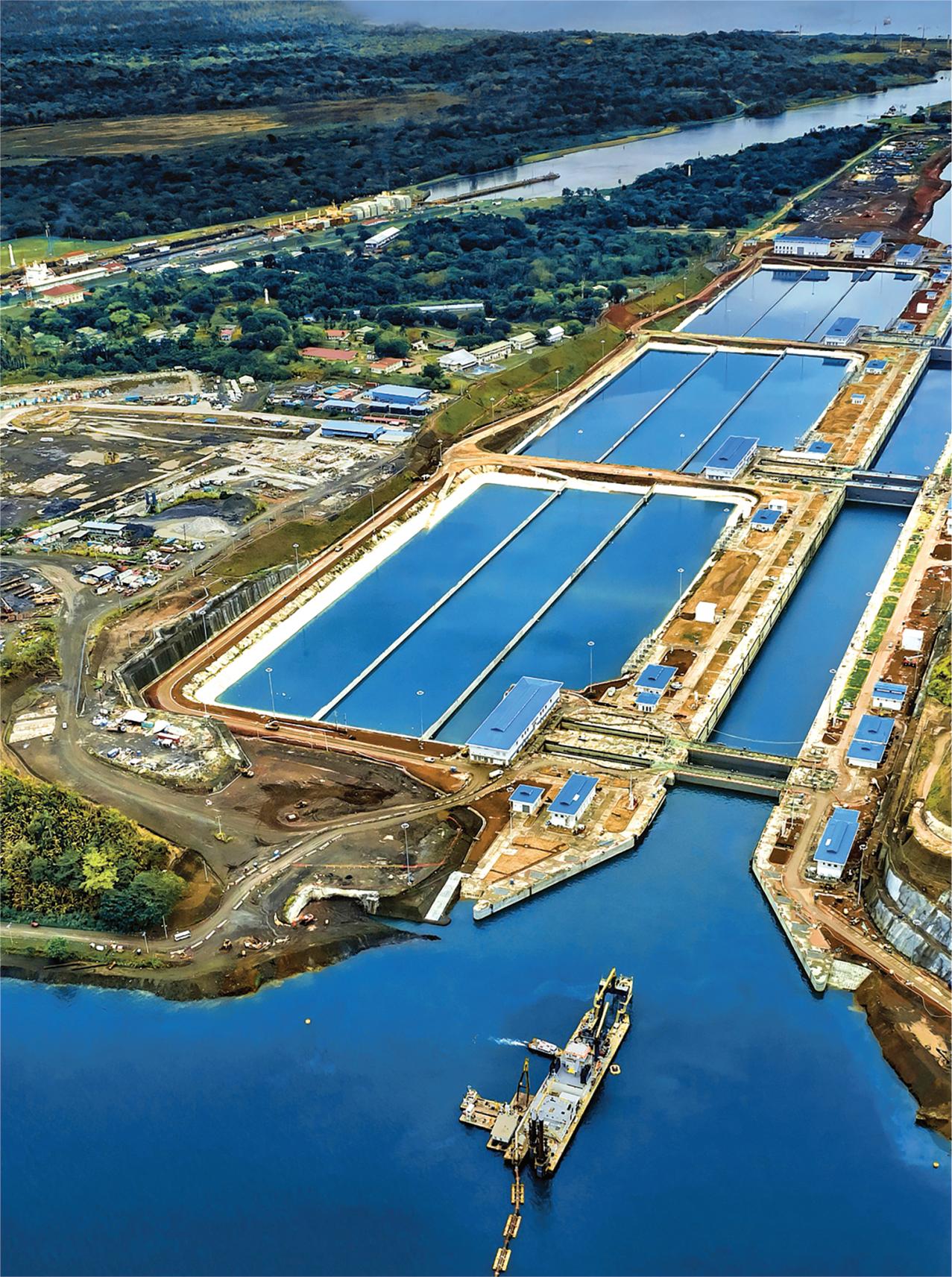
3 minute read
THE REAL THREAT OF USING SUB-STANDARD CEMENT
The cement industry is seen as a good indicator of a country’s economic growth, as it is the key input material in infrastructure development. Much like the rest of the modern world, the foundation of SA is built on this premise.
Yet according to Njombo Lekula, MD of PPC RSA, sub-standard cement products are threatening the built environment industry and placing South African
lives at risk. Usage of sub-standard cement has various implications that may negatively affect the sustainability of buildings and structures, thereby leading to increased repair or maintenance costs, injuries and fatalities due to structural failures or collapse.
During a normal market surveillance exercise whereby competitors’ products were all tested for comparison, PPC found that some products supplied by cement producers were sub-standard and warranted further investigation.

Digging deeper In an effort to protect the greater South African cement industry and consumers, PPC appointed Beton-Lab, a South African National Accreditation System (SANAS)-accredited independent laboratory, in September 2017 to physically purchase the bags itself in order to maintain the chain of custody and ensure no interference from any outside party.
Part of the process was to take photographs of each bag (front, side, back panels and bag weights) to verify Letter of Authority numbers, cement type and strength class. The weights of the bags were checked and the EN strength testing in accordance with SANS 50197 for two, seven and 28 days was performed. The SA Bureau of Standards (SABS) prescribed uncertainty of measurement allowance of 2,5% was applied when analysing the resultant data. The results showed an inability to produce a consistent quality product and thwarting of standards. “As an independent laboratory, our work is tightly controlled, ensuring accurate data which is in no way influenced by outside parties,” says Alan de Kock, MD of Beton-Lab.
Interesting findings The report was recently released and the findings were shared with the SABS and the National Regulator for Compulsory Specifications (NRCS), showing continued non-performance of the cements tested. According to Lekula, non-conformity of strength and weights of some products ranged from 11-73% of the sample set.
“This failure to conform to local standards not only has an impact on the structural integrity of buildings, but also
poses a threat to possible damage of property and even loss of life, should the walls come tumbling down,” says Lekula. It was also found that most of the sub-standard cement products carry the SABS stamp. This is a mark of regulatory approval, instilling trust in the product being sold and guaranteeing that, if it is used in accordance with the instructions, it will result in a structure which is robust and safe. durability of mortar or concrete is primarily dictated by the amount and strength performance of the cement which is used. Retailers, builders and construction companies are also at risk of future legal action or loss of income, as selling and using these sub-standard products can have a negative effect on the perception consumers have of their businesses and standards. “The use of sub-standard cement products has been identified as one of the main causes of building collapse globally. PPC has decided to take a stand against sub-standard cement products to ensure the safety of consumers and longevity of structures,” says Lekula.




Local standards Local cement producers have stringent internal quality regulations in place to ensure compliance of their products. However, with some cement producers supplying the market with sub-standard extended products, Lekula questions the long-term effect on the South African built environment, as well as the sustainability and impact on our infrastructure. With non-compliance of quality and durability standards, consumers are unaware of the risks they face.
It takes up to 28 days for cement to develop strength and fly ash does not start developing strength before that time. The










